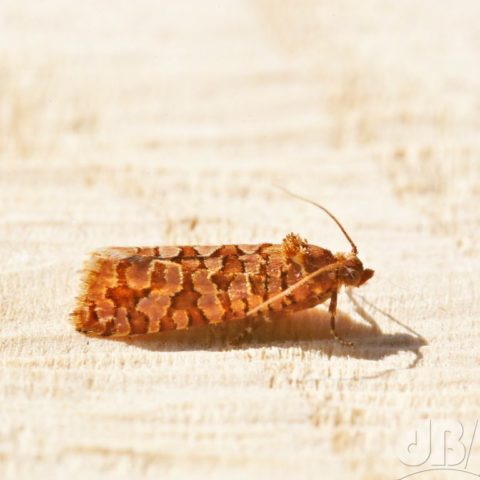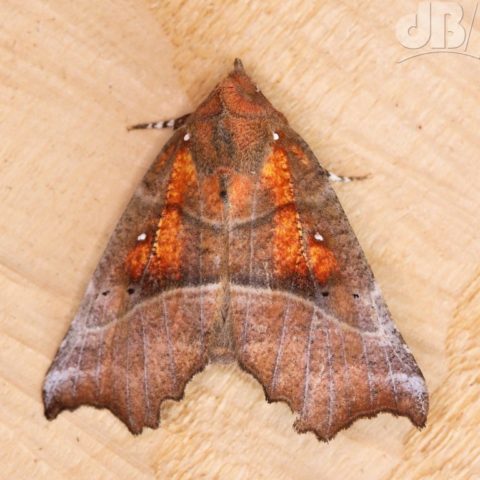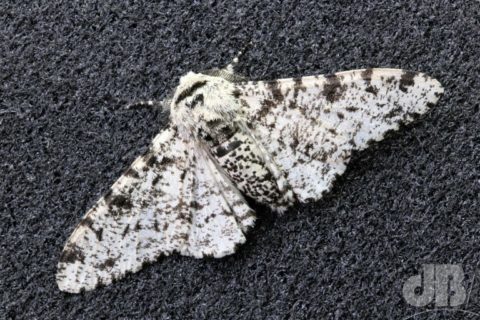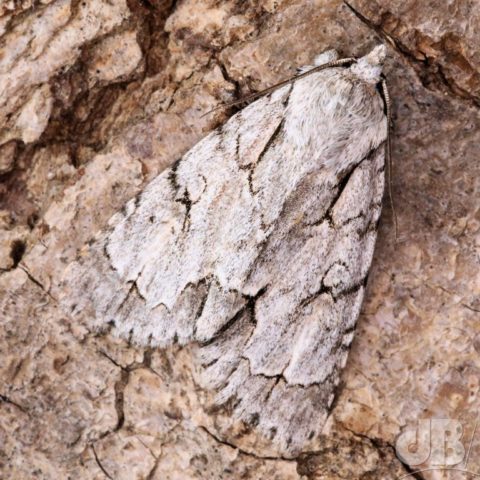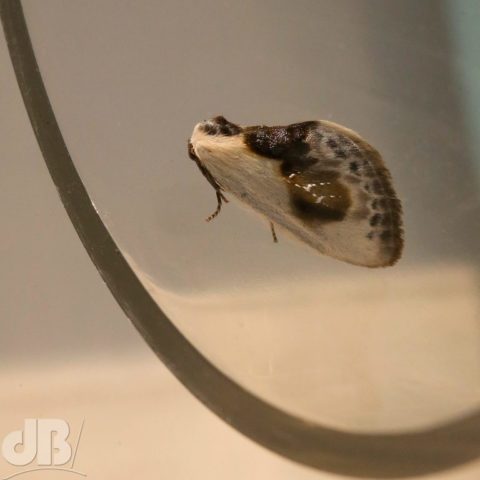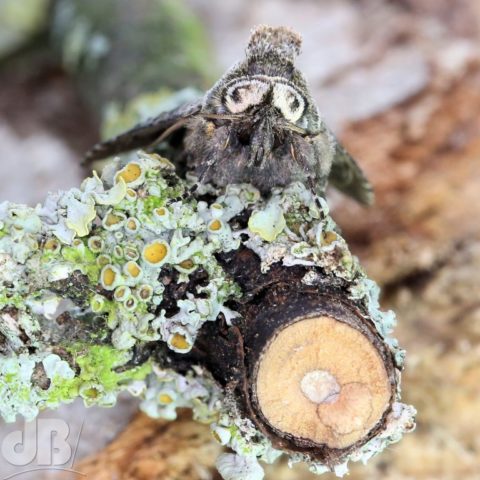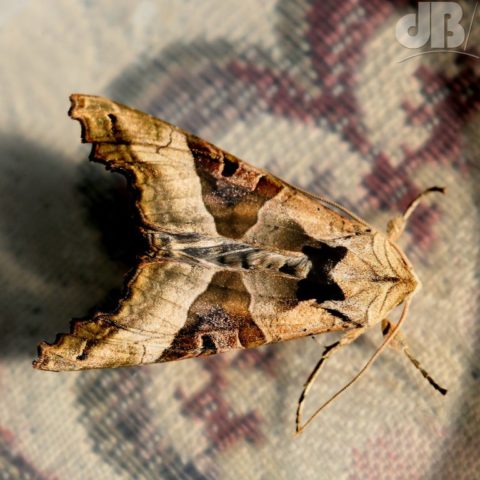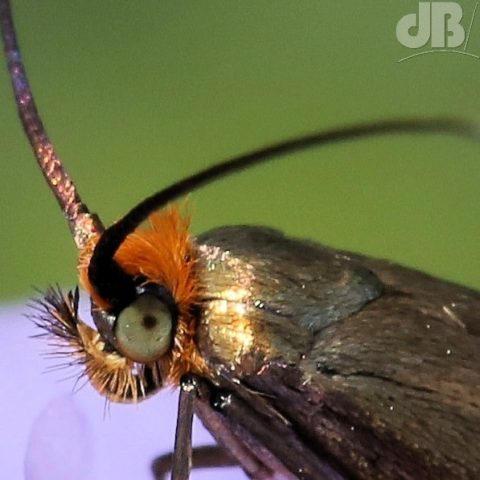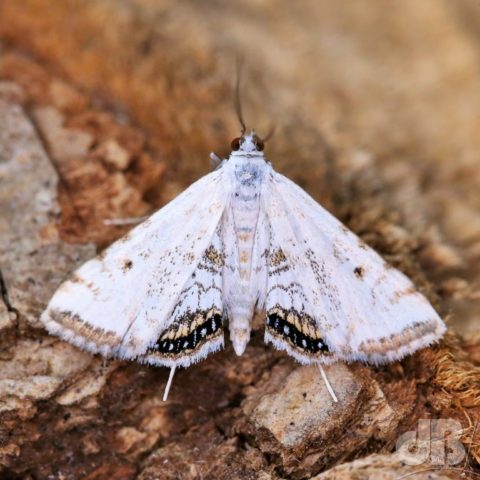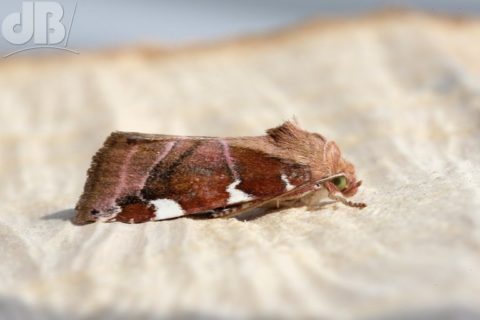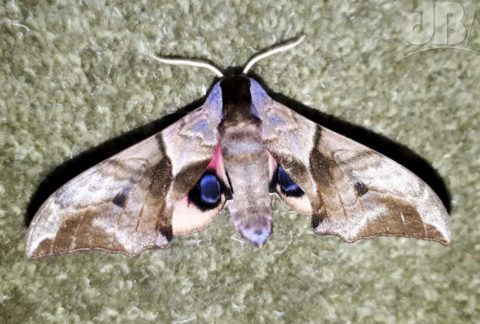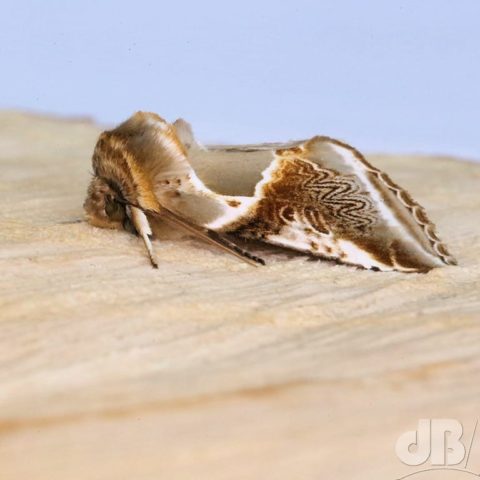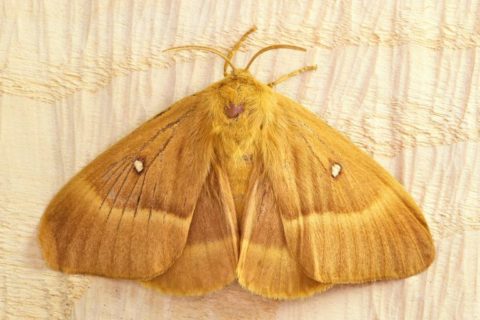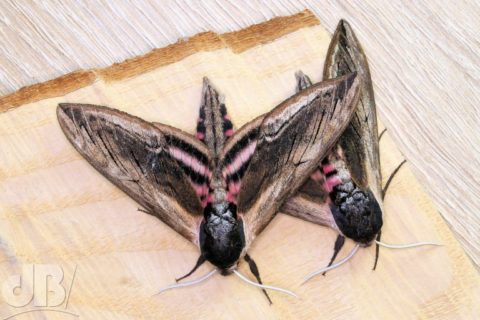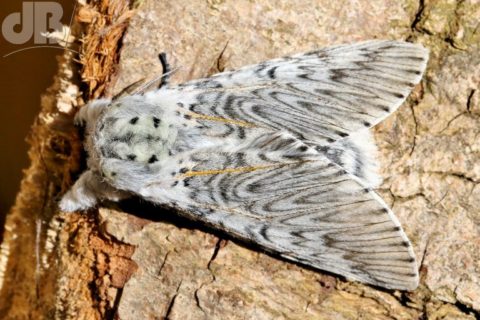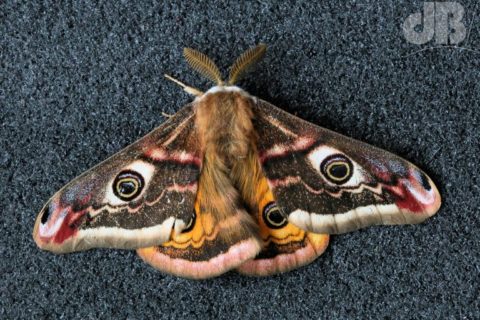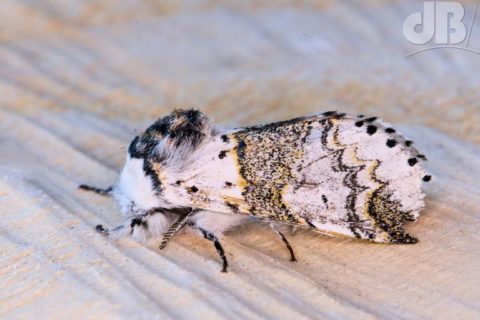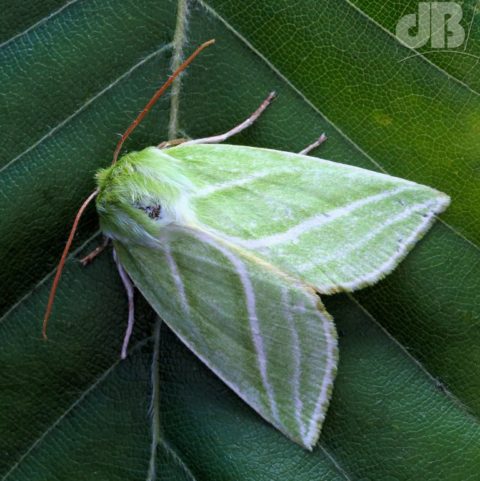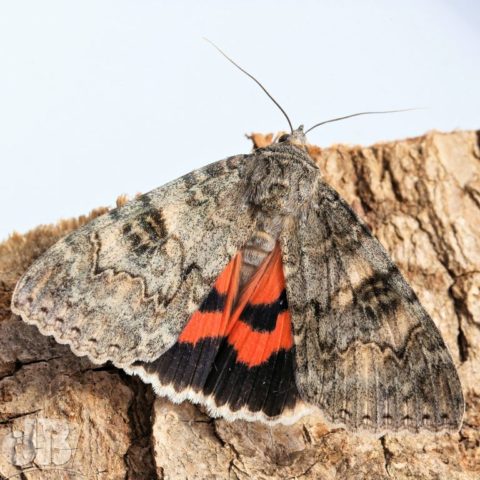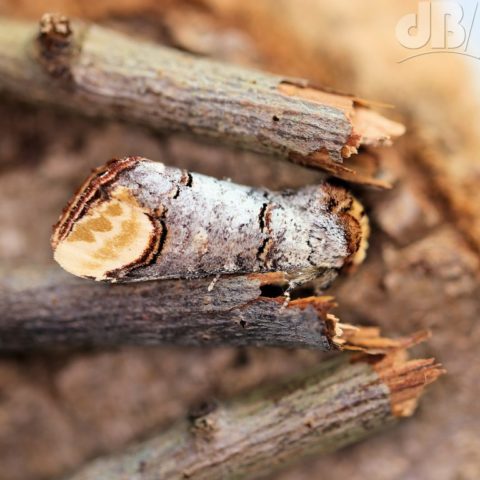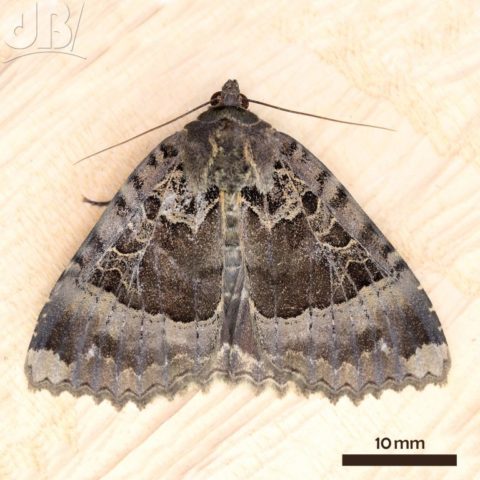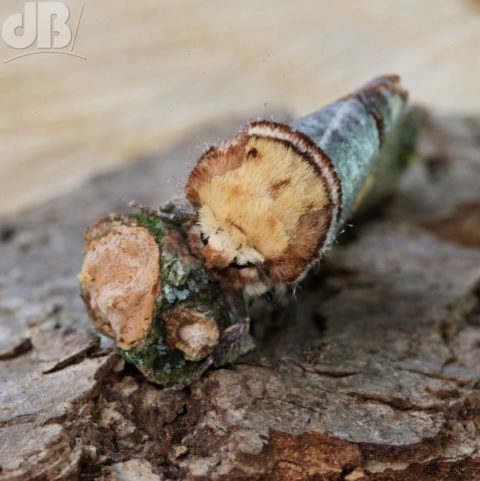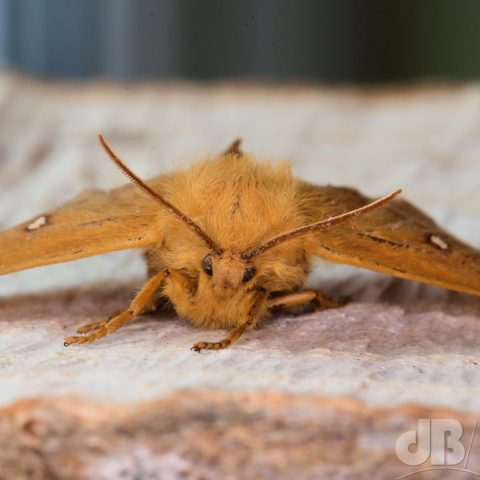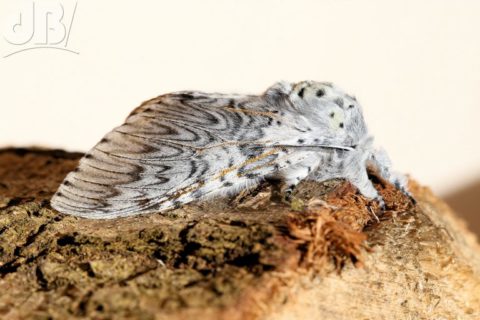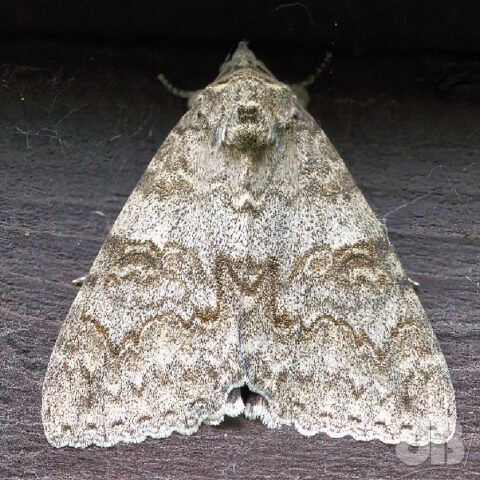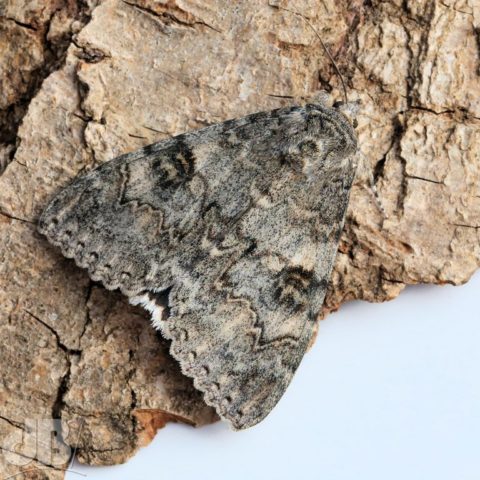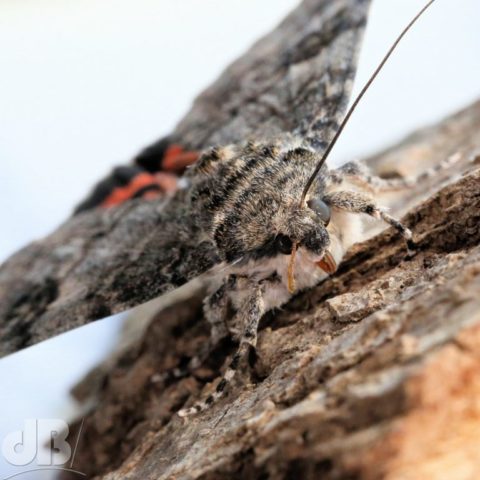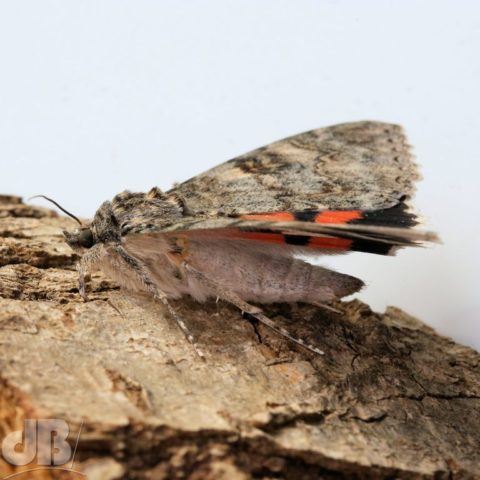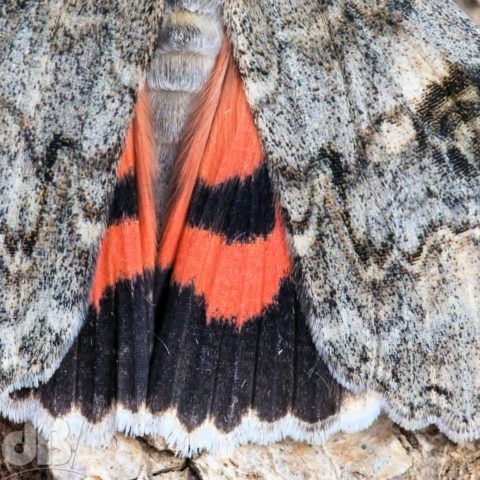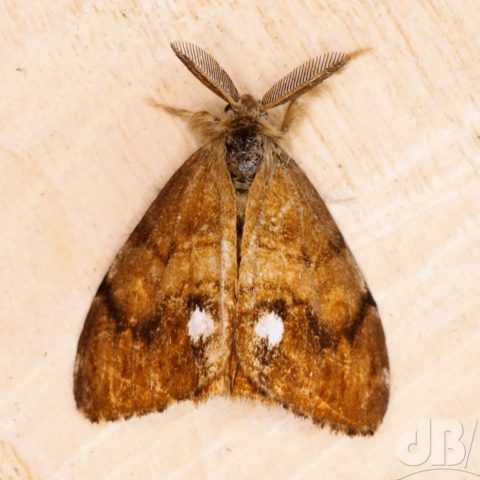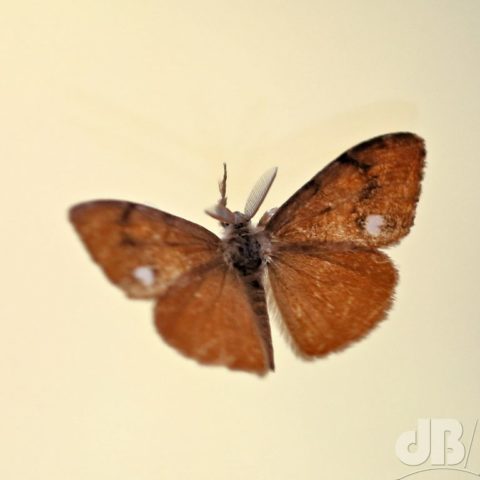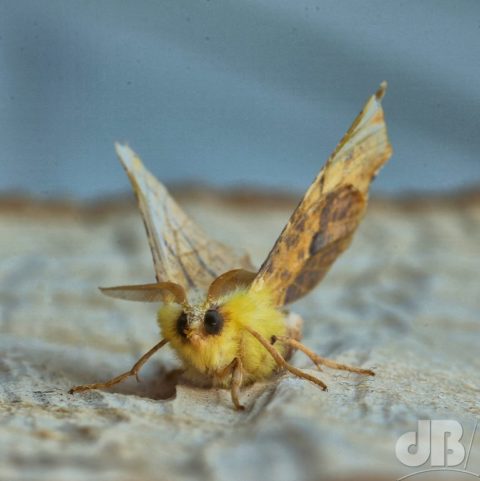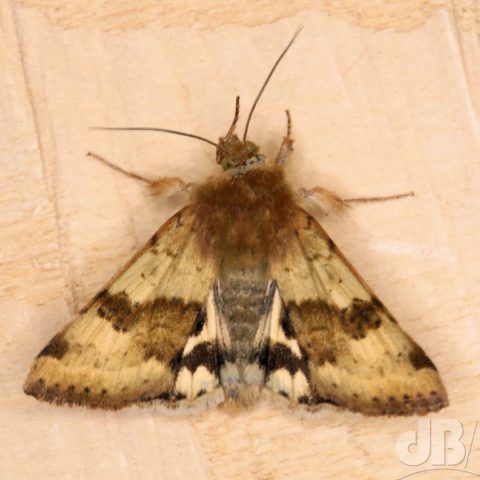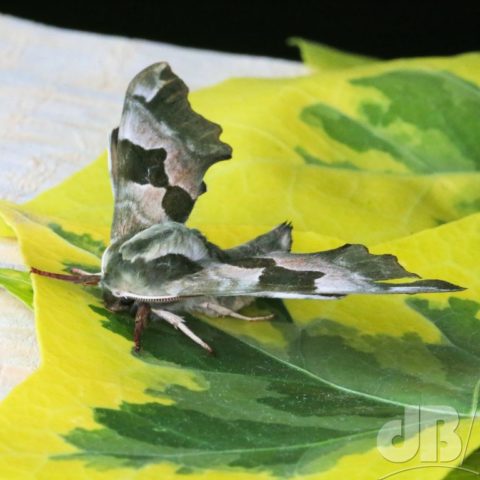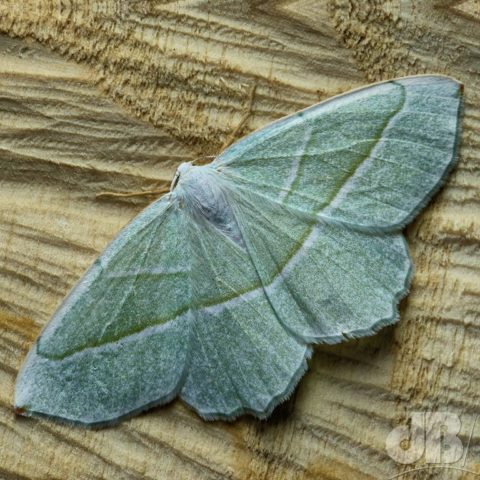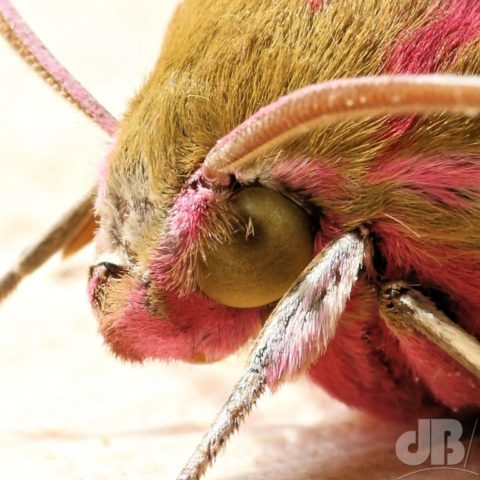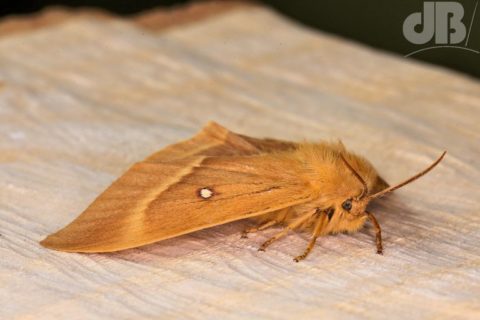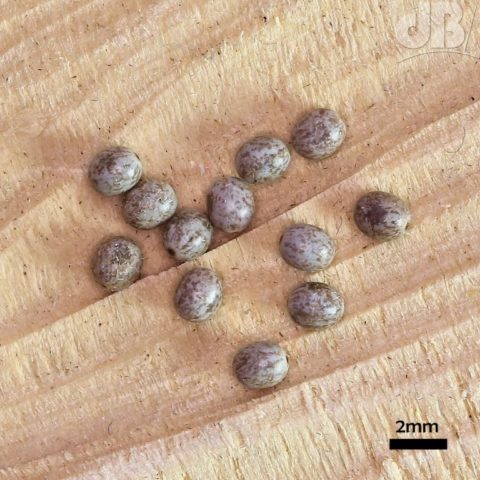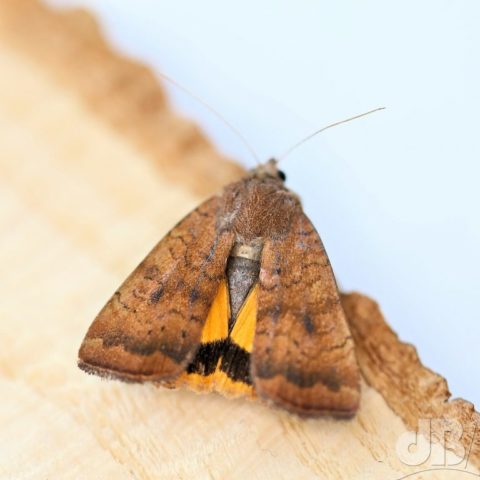We like to take at least a couple of camping trips during the summer. It used to be that we would do three or four when the children were still coming along with us but that’s almost ancient history now. Anyway, there are several very important things to remember when camping:
Once you arrive, first things first:
- Unpack the tent, get it erected
- Make sure the pre-chilled beer gets stowed somewhere cool if not cold and crack one open as a reward for being so efficient with putting the tent up.
- Then, it’s time to check the toilet blocks. Not for imminent ablutions after a long drive to the site, but to see if there are any local Lepidoptera in attendance.
Arriving at this week’s site on the more Easterly coast of North Norfolk coast where there are seals to be seen on the beach, we spotted quite a haul of toilet block moths. A Silver Y and a Flounced Rustic in the gents, but on the wall outside the Ladies, a Red Underwing and a Treble-bar (Aplocera plagiata, Linnaeus, 1758), which unlike the Red Underwing the others was new to me, although it was initially vaguely familiar as I’d seen it post by fellow moth-ers on at least one Facebook group prior to our trip.
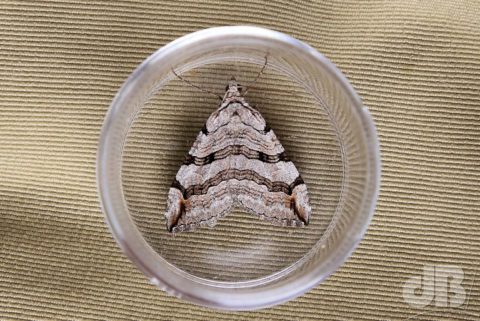
The campsite was quite special, it had at least four toilet and one shower block and almost all of them had various ‘veneers’ in most of the buildings. With Mrs Sciencebase in tow as a chaperone also pot in hand we identified Small Emerald, Light Emerald, another much larger ’emerald’, and new for us a Magpie!
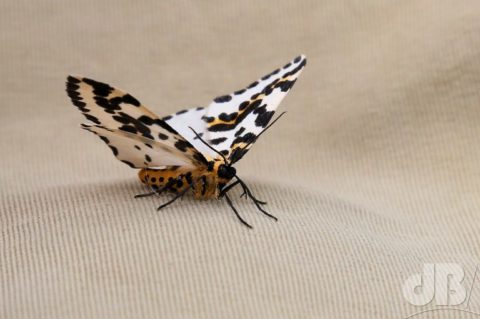
We will head for the beach when the campers are quiet and hopefully see the seals out of the water. There were half a dozen swimming near the shore but not landing as too many people and too many dogs. Despite appearances, seals are not evolved from dogs nor cats, rather they have a shared ancestor with otters. Whatever their heritage they would be unlikely to want to approach a domestic dog either way. Although that said, the ones we saw early in the trip were all very curious to see who these landlubbers are. There were also lots of Little Terns diving and quartering up an down the shore. Later that evening a Beautiful Plume, moth, a Straw Underwing and a Flounced Rustic in the red toilet block.
Next morning I got up at 6:30am and headed to the beach with zoom lens and rewarded by the sight of a single female Harbour Seal on the shoreline and a first winter Wheatear too. I was at least 30 metres away when I took this shot. The “authorities” suggest you stay at least 10 metres away.

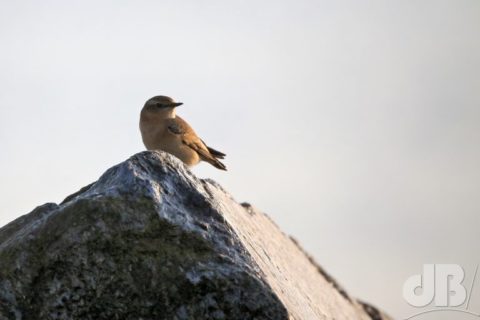 On the back to the tent with breakfast in mind, the toilet blocks again, but there were Silver Y, Straw Underwing, and a Canary-shouldered Thorn.
On the back to the tent with breakfast in mind, the toilet blocks again, but there were Silver Y, Straw Underwing, and a Canary-shouldered Thorn.
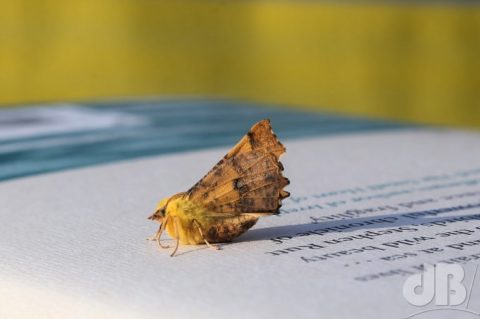
Mrs Sciencebase found a Sharp-angled Peacock and another Treble-bar in the green ladies’ block. Incidentally, the campsite was home to a decent-sized flock of Starling and lots of Pied Wagtail, and a few summer visiting Swallows and House Martins. We also heard a Nightingale on the first night somewhere beyond one of the site’s corners. And on subsequent nights Tawny Owl, and at least one other species of owl.
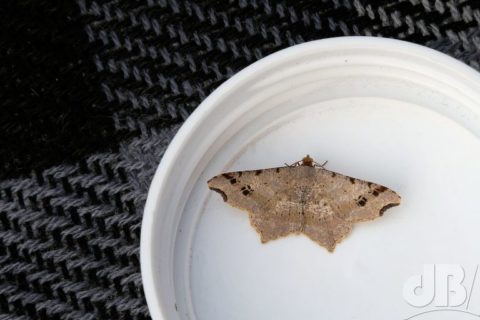
Later: Blood-vein in green toilet block that night.
Next day was a chilly morning but with another Magpie in the Yellow toilet block. Also, Brimstone and Yellow-tail in the red block. The stars the next night were magnificent and the moths forgotten for a while as we gazed in awe at the Milky Way and discussed the meaning of life and the decline in Earth’s total biomass in some regions of Europe. We also played spot the satellite of which there were many heading to and fro across the night sky. Final morning, no new moths in the giant moth trap that is the array of toilet blocks on this site other than a Swallow Prominent high up on the outside wall of the green toilet block.
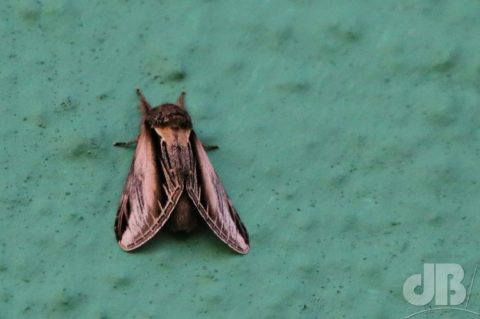
I also just about caught the sunrise over the North Sea at a little before 6am. Horrible phone photo though

